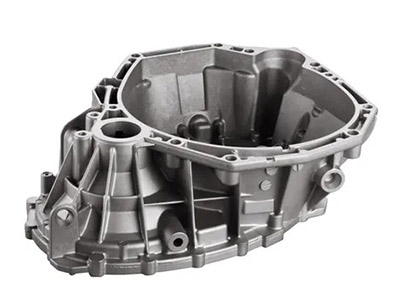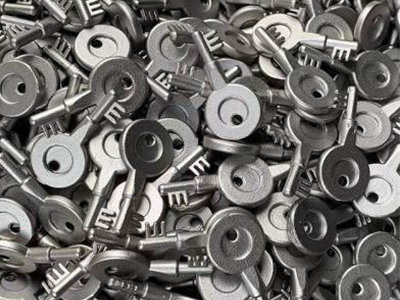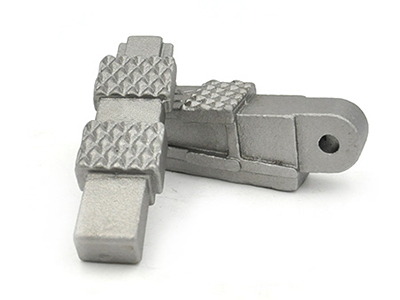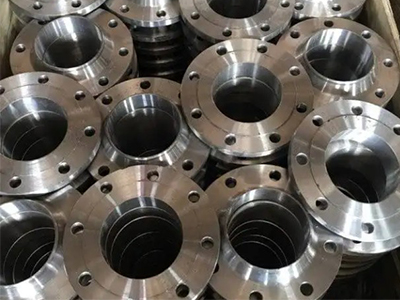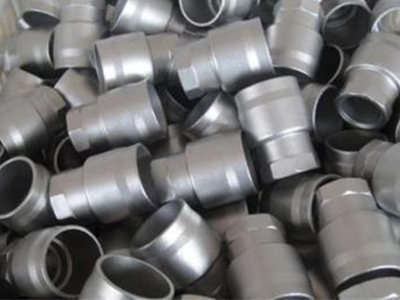- Manufacture and Application of Aluminum Alloy Die Castings
- Custom Stainless Steel Casting Manufacturing
- About machine tool casting understanding
- Factors that cause precision casting size defects
- Defects of Sand Mold casting
- Advanced technological process of stainless Steel Precision casting
- How to prevent machine tool casting defects
- Related requirements of Mould for Steel Castings
- Selection of stainless steel precision casting cold iron materials
- What is the heat treatment process of precision casting?
- Call : +86 13390692151
- sale@kfqizhongji.com
-
Room 1, No. 21, Chaoying East Road, Zhoushi,
Kunshan City, Jiangsu Province, China
There are several main types of cracks in castings
Casting cracks are mainly divided into two types, hot cracking and cold cracking. Hot cracking is that the shape of the crack is curved, the fracture is very irregular, and the appearance is wide, and it becomes narrower and narrower inside. The mechanism of hot cracking is that the molten steel begins to condense after it is injected into the mold cavity, and when the crystal skeleton has been formed and the starting line shrinks, because the internal molten steel is not solidified into solid at this time, the shrinkage is blocked, stress or plastic deformation will occur in the casting. When they exceed the material strength limit at this high temperature, the casting will crack.
The morphology and characteristics of hot crack: hot crack is caused by the hindrance of solid shrinkage of castings when the strength and plasticity of castings are very low at the end of solidification or shortly after solidification. Hot crack is one of the common casting defects in the consumption of steel castings, malleable iron castings and some light alloy castings. The hot crack germinates at the grain boundary and propagates along the grain boundary, and its shape is uneven, circuitous and irregular. The appearance of the crack is oxidized and has no metallic luster. The crack appearance of steel castings is similar to black, while that of aluminum alloy is dark gray. The external crack is visible to the naked eye and can be distinguished from the cold crack according to the shape and fracture characteristics.
The causes of casting cracks and six kinds of common casting defects and the ways to avoid hot cracks can be divided into external cracks and internal cracks. Hot cracks that can be seen on the surface of castings are called external cracks. External cracks often occur at the corner of the casting, where the section thickness changes sharply or where some of them are suspected to be sluggish, and where the stress concentration is easy to occur.
It is characterized by wide appearance, narrow inside and tearing shape. Sometimes the fracture runs through the entire cross section of the casting. Another characteristic of the hot crack is that the crack is scattered along the grain boundary. Precision casting manufacturers introduce that internal cracks usually occur in the interior of castings. The shape of the crack in the solidified part after Z is very irregular, and the cross section is often accompanied by dendrites. in general, the internal crack does not extend to the appearance of the casting.
